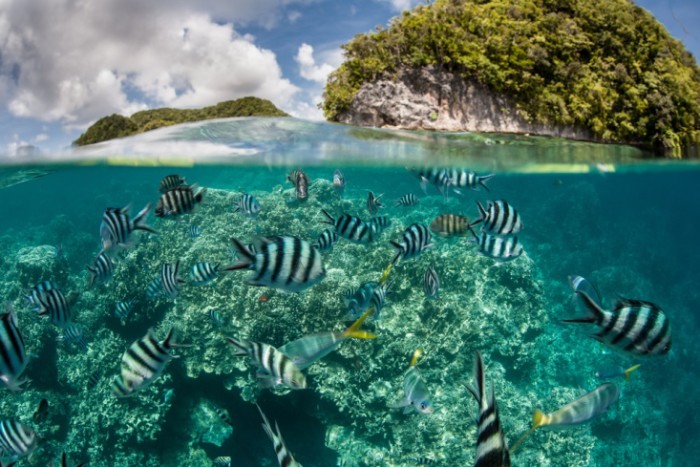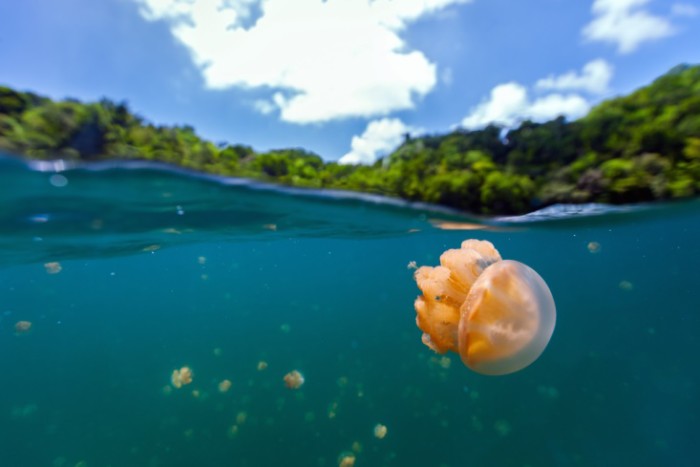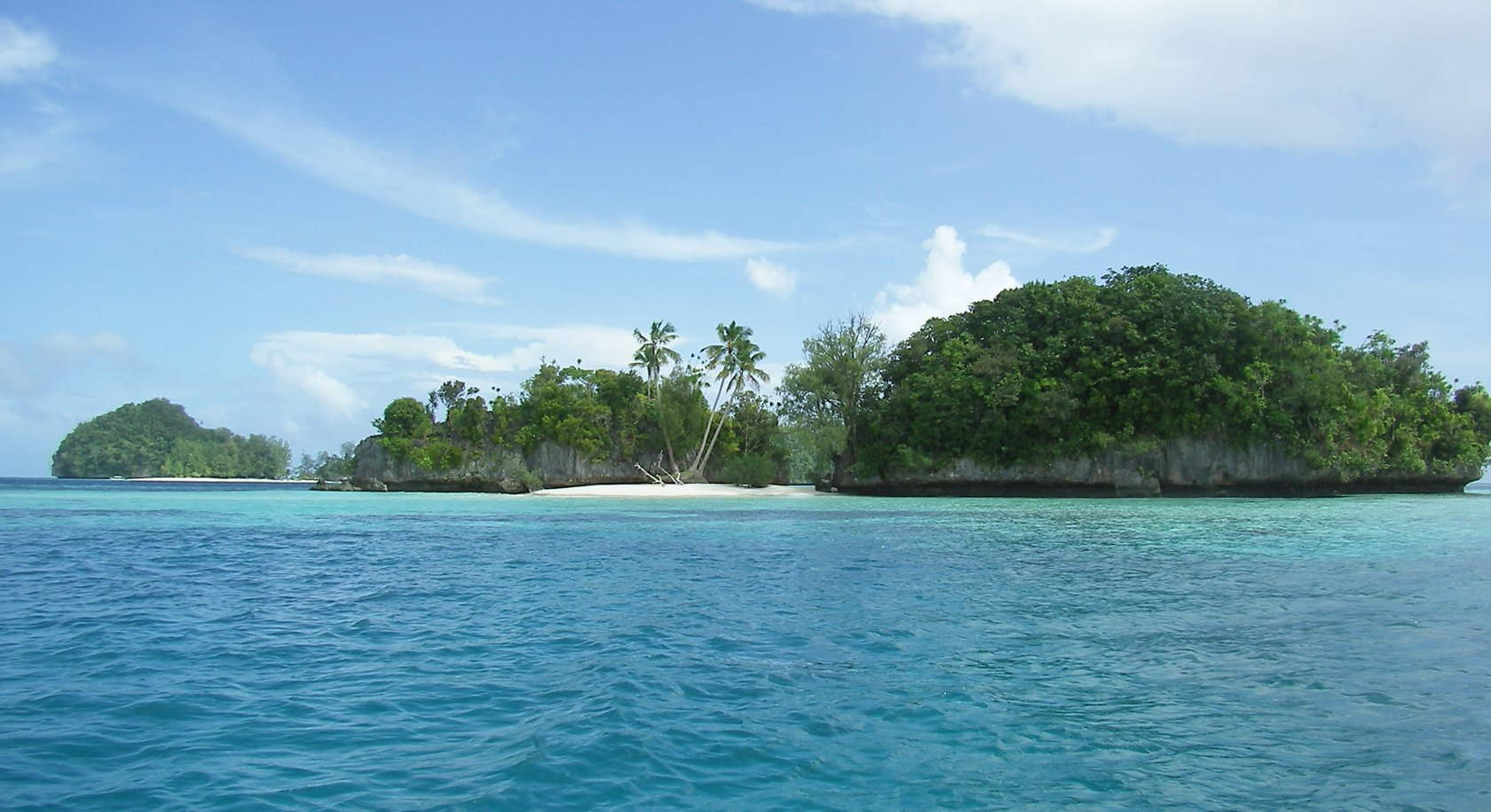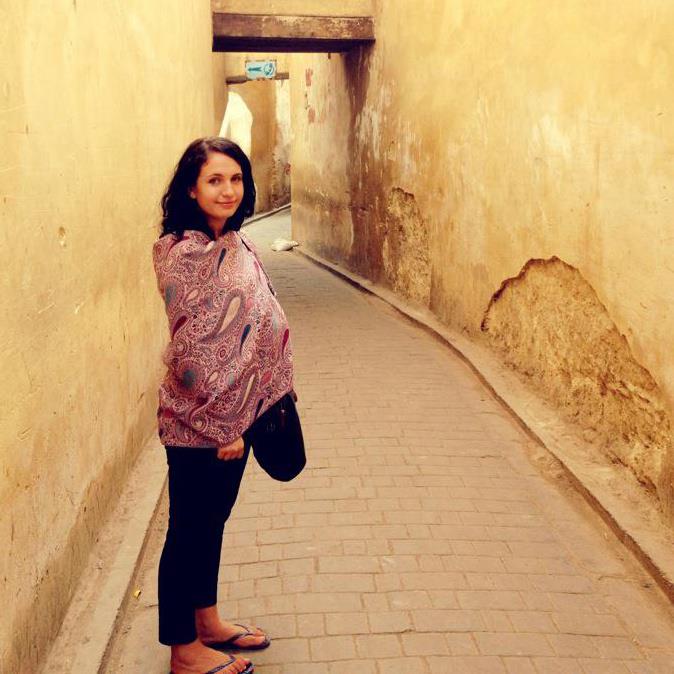You can keep your Hawaiis and your Virgin Islands. I’m not interested in Bermuda, Barbados, Belize, or the Bahamas. The only tropical paradise I ever want to see again is Palau.
An island country in the far west Pacific ― or the far east, depending on your perspective ― Palau is a tiny archipelago with massive beauty. I had the extreme fortune to visit its exquisite shores last year, and I cannot wait to go back. Here are all the reasons Palau is the most perfect place to spend your vacation days as well as all the reasons you will never want to leave.

The Underwater Serengeti
There is snorkeling and scuba diving ― and then, there is snorkeling and scuba diving around Palau. In the waters amongst the archipelago’s 500-some islands, the waters are teeming with some of the brightest, busiest, most mind-boggling sea creatures in existence. Though you can step in the water basically anywhere in Palau and find a fascinating place to swim, these five sites tend to attract the most divers ― for very good reasons:
- Chandelier Cave. I was hesitant to agree to underwater caving, but I eventually caved (pun intended) and was glad I did. Though there is hardly any coral, there are some exotic fish hiding in the labyrinthine caverns.
- Helmet Wreck. Whenever you get the chance, you should book a wreck dive. This shipwreck from World War II has grown a fabulous coral system from bow to stern, demonstrating how life always prevails.
- Blue Corner. An impressive ridge of coral extends deep into the ocean, making for spectacular views, but the strong currents here reserve this site for experienced divers only. I sat this one out, but my partner wouldn’t stop talking about the one-of-a-kind views.
- Turtle Wall. In contrast, this site is ideal for beginners. This massive reef seems to be just five feet below the surface, but it actually extends almost 900 feet to the ocean floor. Based on the name, it is no surprise that this is a popular hangout for sea turtles.
- Jellyfish Lake. Last but not least: Palau’s most famous diving site is a saltwater lake that is suffused with millions of jellies. The jellies’ stingers are too small to hurt humans, and swimming amidst so many harmless blobs is a memory you cannot miss.

The Harrowing History
During World War II, Palau was a highly advantageous island for the Pacific Theater, and Japanese and American forces fought desperately for control of its airstrip in 1944. The result was tragic ― thousands of casualties on both sides and a natural paradise littered with war wreckage ― and much of the evidence of the struggle remains on Palau today.
I took a guided tour to many sites containing WWII-era machinery, which includes rusted tanks, planes, and even unexploded ordinances. It is thrilling to realize how important this tiny archipelago was to two of the most dominant nations, and it is captivating to see the complex machinery deteriorating due to nature’s power.
The Cosmopolitan Culture
Though much of my time in Palau was spent exploring the natural scenery, it is hard to ignore the culture that has developed in its most populous city, Koror. Influenced by the convergence of peoples, Koror is equal parts American and Asian ― with a healthy dash of distinctive Palauan, to boot.
Thanks to my saved up rewards points from my amazing rewards card, I was able to save money when
I booked a hotel within walking distance from the downtown neighborhood. Exploring the shops and eateries on Main Street is terrifically fun, and since Palau uses the U.S. dollar, prices were easy to understand. I particularly enjoyed seeing traditional Palauan storyboards, an art form not common anywhere else.
The Commitment to the Environment
As an environmentalist, I was most thrilled to learn that Palau is leading the world in environmental protection. An astounding 100 percent of Palau’s oceans are preserved as natural sanctuaries, and the small-island nation is working hard to use only renewable resources and keep the environment pristine. In 2014, President Remengesau was named “Champion of the Earth” by the United Nations, which is no small honor. I look forward to returning to Palau to find it even more beautiful than when I left ― which is impossible to say about most other vacation destinations.




